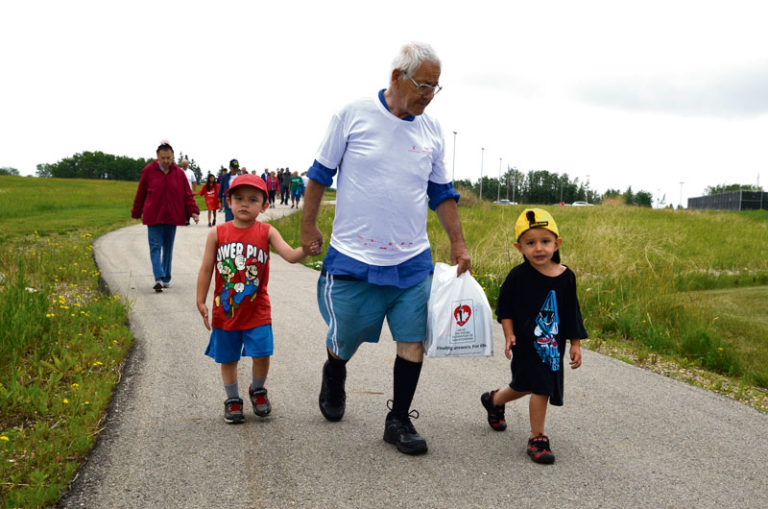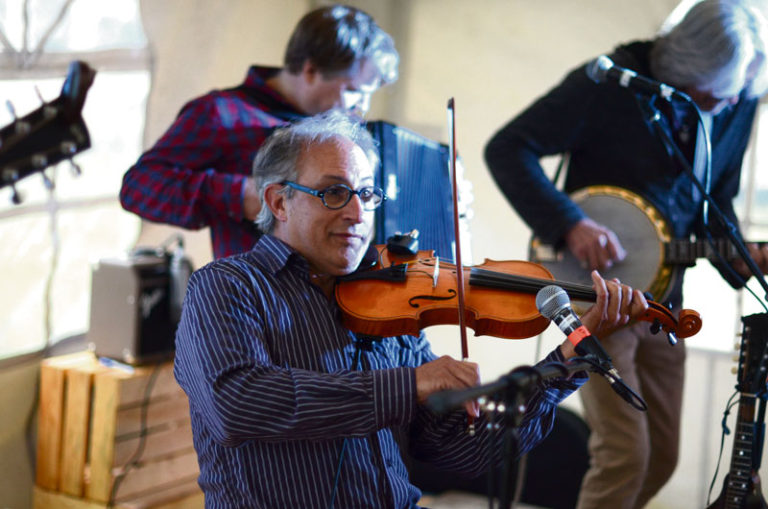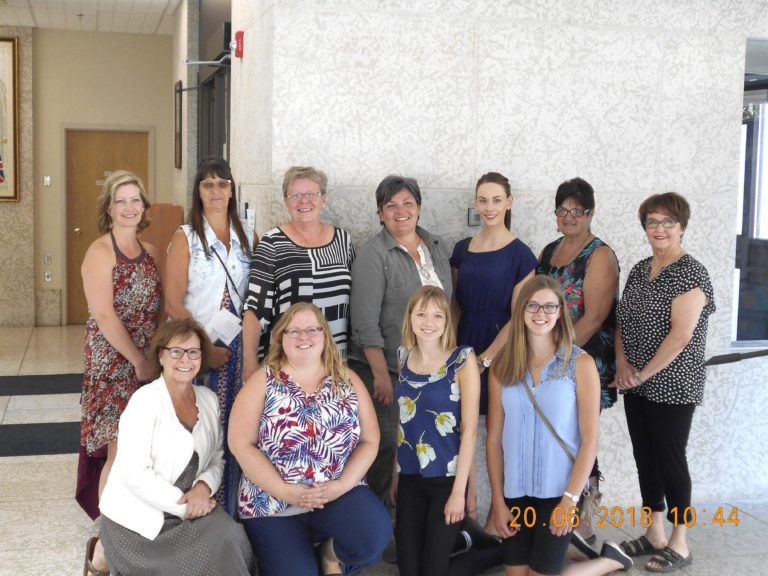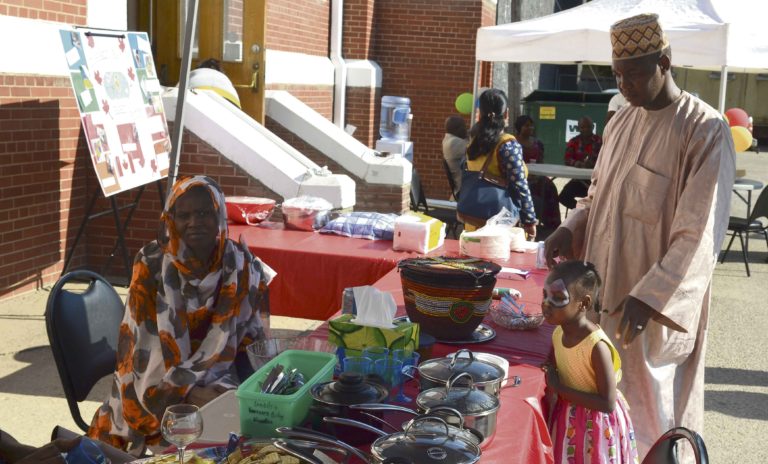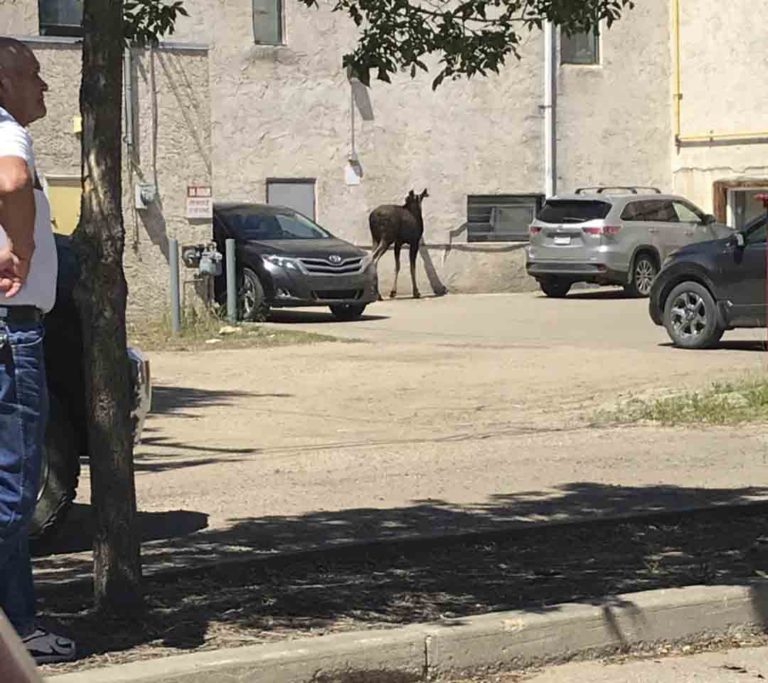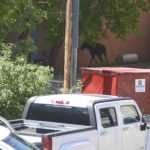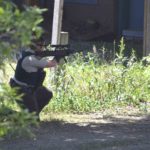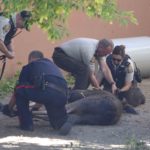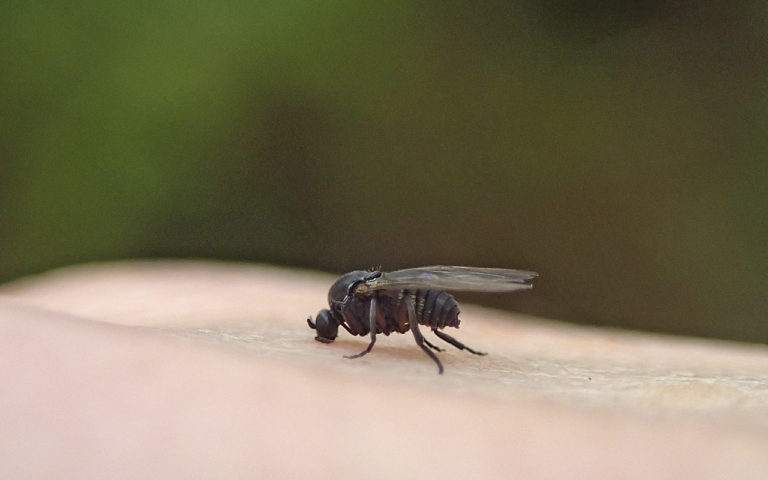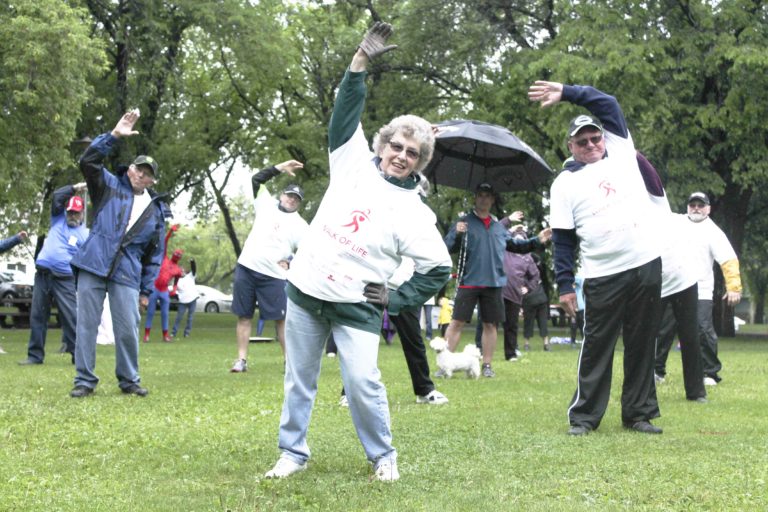Dozens descended upon the Alfred Jenkins Fieldhouse Saturday to celebrate being fit and having fun.
It was the seventh annual Walk For Life, which supports the fitLife program. FitLife is a program for people with heart and lung issues that gets them exercising, active and healthy again. It has run in Prince Albert for several years, and includes exercise and education. Classes run three times a week at the fieldhouse.
About 80 people came out to Saturday’s walk. All funds raised will go towards the fitLife program.
“Even though it was a little cloudy and we were scared of rain … it was great,” said Robin Gyoerick, one of the program’s exercise therapists.
In addition to the walk around the fieldhouse and the barbecue, activities were held inside the fieldhouse, including fun contests such as competing to see who could blow a pea the farthest across a table, who could put on the most socks on one foot in 30 seconds and who could catch the most little dice blindfolded in 30 seconds.
While several fitLife members came out, so did several from the younger generation.
“I love when families come,” Gyoerick said.
“We want to educate the younger generation to be healthy and take care of themselves.”
One of the participants who walked with family was Jim Wenzel. He had his two grandsons, Kayden and Kaine, along with him for the walk and the games. They’re also fixtures at the fitLife class, where they work out alongside him or help him with difficult stretches.
“Today is super fun,” Wenzel said. “It’s just as much fun as going to a park.”
Wenzel has enjoyed the program, especially “the whole aspect of getting more physically fit,” he said.
“That’s enjoyable, getting my wind back, improving my strength.”
Eleanor George is also a big supporter of the program.
“It keeps us strong and healthy,” she said.
“I come three times a week, and it’s difficult because I have to get rides, but it’s a necessity.”
George said she always supports the way, and this year, went all the way around.
She had fun, too, especially getting to know some of her classmates.
“At exercise time, we don’t always have time to chat and visit,” she said, “so today we’re getting all of that in.”

